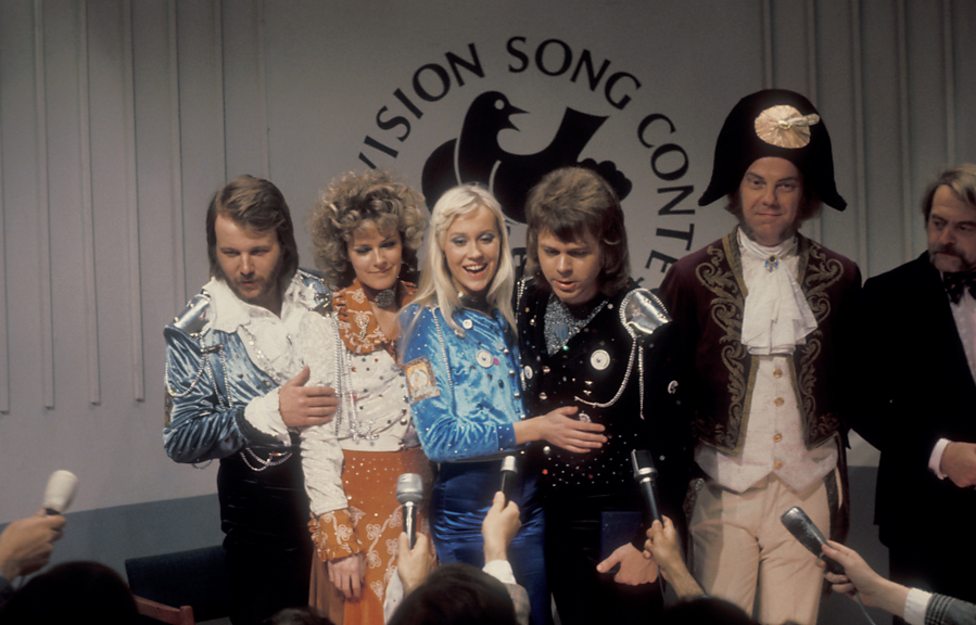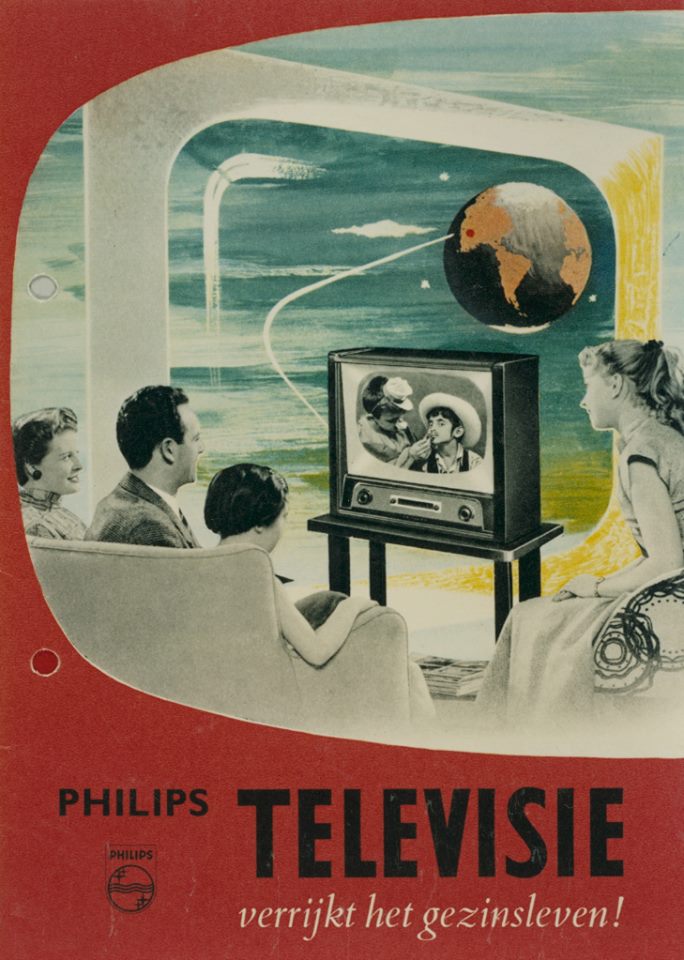
Detective stories have always been a staple of young adult fiction. I guess every young person wants to be a crime fighter at heart. 

The Hardy Boys (Frank and Joe Hardy) are possibly the longest-serving teenage detectives. Their first adventures began in 1927, published by the Stratemeyer Syndicate and they've been in print pretty much ever since. 

The Hardy Boy novels were revised in 1959, simplifying the stories and removing a number of racial stereotypes. The series has always been ghost-written by various authors under the pen name Franklin W. Dixon. 

The Hardy Boys have featured in comics, books, TV shows and computer games over the years with their ages varying significantly from 14 years old to over 20. 

Nancy Drew was launched in 1930, three years after the Hardy Boys appeared. Edward Stratemeyer repeated the same trick he had used for the Hardys: a series of authors writing under the same pen name, Carolyn Keene. 

Nancy Drew is certainly well off and upper class in the early books: she has her own car, lots of money and a sense of entitlement. She also has two cousins - Bess Marvin and George Fayne - to help her out. 

Seeing how well teen-age detective fiction was selling Stratemeyer Syndicate launched its next series in 1934. The Dana Girls - sisters Louise and Jean - were again written under the house pseudonym Carolyn Keene. 

The Dana Girls were orphans who solved mysteries whilst attending boarding school. The series was never as popular as Nancy Drew, partly due to the disinterest the authors had in their characters. The boarding school mystery was also going out of style in America. 

But in the UK the boarding school mystery genre still had legs. The Silent Three began in 1950 in the School Friend comic: Betty, Peggy and Joan were both hooded crimefighters and pupils at St. Kit's boarding school. The strip ran for an amazing 13 years. 



Less posh (relatively speaking) were The Secret Seven, Enid Blyton's secret society of crime fighters from 1949. They only solved mysteries in term time however, as they went to day school rather than boarding school. Still, they tried their best. 



I'm going to skip over the Famous Five as - controversially - I don't consider them crime fighters. Plus the dog shouldn't have been counted: they're really the Famous Four with a mascot. 
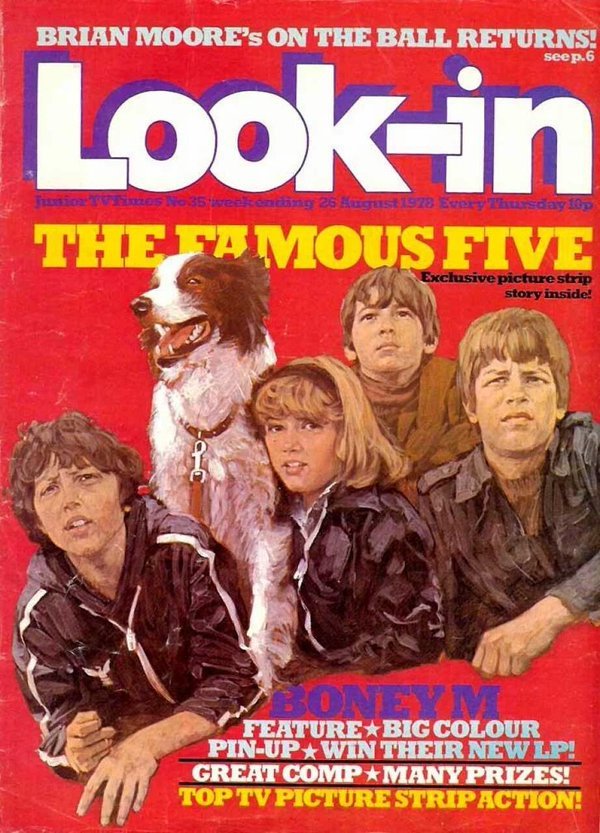
The success of all these stories - especially with young female readers - led to a number of teen-age girl sleuths emerging in the pre-war period. Judy Bolton launched in 1932... 

Judy was a more believable character than Nancy Drew: sometimes self-doubting and with a sense of poetic justice. She also has a romantic life and marries during the series. 

Margaret Sutton eventually wrote 38 Judy Bolton mysteries, making it the longest-lasting young adult mystery series written by an individual author. 

Beverly Gray was first published in 1934. Originally a school adventure series the books later became solid murder mysteries. Clair Blank (aka Clarissa Moyer) wrote 25 Beverly Gray novels over 21 years 

Trixie Belden was one of the youngest of the teen-age detectives. Aged 13 she and her friend Honey Wheeler were presidents of the Bob-Whites of the Glen, and ace sleuths. 

Trixie and her family live on a farm near Sleepyside-on-Hudson, New York. The books are as much about the friendship between Trixie and Honey as they are about solving mysteries. 

Julie Campbell Tatham wrote the first six Trixie Belden stories under the pen name Kathryn Kenny, before other writers took over. The series began in 1948 with the last original novel published in 1986. 
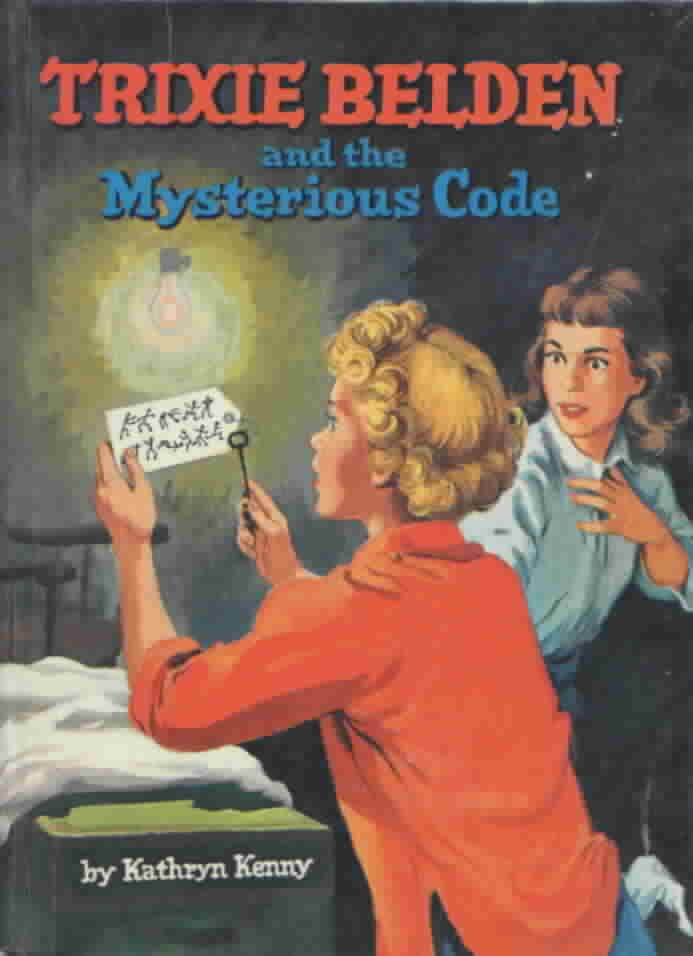
Julie Campbell Tatham also wrote the short-lived Ginny Gordon detective series (1948-56), although her adventures were possibly less dramatic than those of Trixie Belden! 

With so many Nancy Drew rivals being published the Hardy Boys had faced little competition in the 'boy detective' stakes. But that was to change in 1964 with the publication of Alfred Hitchcock and The Three Investigators. 

Jupe, Pete and Bob's motto was "We investigate anything" - usually supernatural or occult problems. Alfred Hitchcock does sometimes feature as a character by the way. 

Series creator Robert Arthur had already edited a number of Alfred Hitchcock anthologies and believed featuring a famous person in the title would help drive sales. It also helped that the books were well written, with interesting characters and plots. 

The Power Boys (1964-67) was a short-lived rival series to The Three Investigators. Jack and Chip Power along with their dog Blaze* help their photographer father to solve mysteries and catch crooks.
(*doesn't count as a 3rd gang member)
(*doesn't count as a 3rd gang member)

The teen detective genre got another boost in 1977, when Glen A Larson launched The Hardy Boys/Nancy Drew Mysteries tv series. Parker Stevenson, Shaun Cassidy (half-brother of David Cassidy) and Pamela Sue Martin were cast in the lead roles. 

The series got the full showbiz treatment, with promotional toys, magazines, t-shirts and annuals. It's fair (but sad) to say Nancy Drew was pushed out of the marketing limelight, and her character was eventually dropped from the show. 


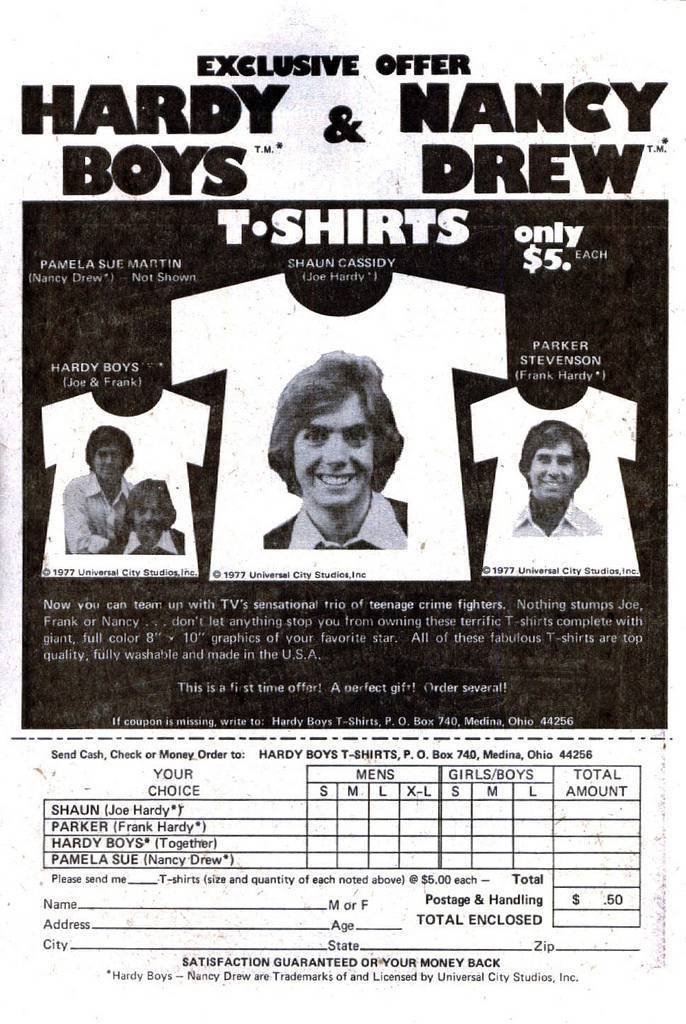
In response Martin appeared in a cover pictorial in the July 1978 issue of Playboy. In the interview she cited the merger of the two shows into one as her reason for quitting the series. 

However the tv series did lead to the Hardy Boys and Nancy Drew Super Mystery series, as well as to an explosion of other teen detectives in the 1980s. 

In fact the 1980s saw an explosion of new teen-age detective fiction, with a wide (and often short-lived) range of YA titles being published. Everyone wanted to be a crime fighter! 







And that's it for my brief look back at teen detectives. Apologies if I've missed out your favourite, but there's so many meddling kids (and their dogs) solving mysteries it's hard to keep track of them all.
More stories another time...
More stories another time...

• • •
Missing some Tweet in this thread? You can try to
force a refresh


















